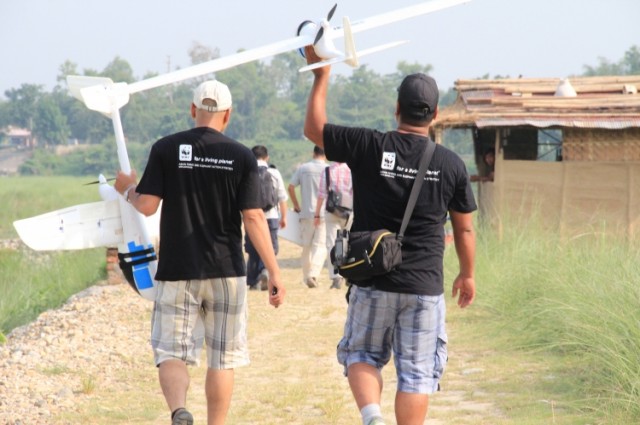World Wildlife Federation turns to drones in bid to tackle poaching
Ars Technica » Scientific Method 2013-02-22

The World Wildlife Fund is turning to unmanned aerial vehicles (UAVs) in a bid to tackle an upsurge in illegal poaching of rhinos, elephants and tigers carried out by increasingly sophisticated and well-equipped cartels. The WWF provided two hand-launchable UAVs to the government of Nepal in 2012. In December, Google awarded the organization $5 million to develop more advanced UAV systems. It is hoped that these systems will reduce the poaching of endangered mammals and save the lives of the park rangers assigned to protect them. Ars spoke to WWF's Crawford Allan to learn more the UAV system, dubbed SMART, that is now in development.
A recent rise in rhino poaching is thought to have been fueled by increasing demand in Vietnam, where, like China, rhino horn is prized—with little to no supporting evidence—as a medical treatment for a host of diseases and conditions including cancer (though not, as is sometimes assumed in the West, impotence).
Much of Vietnam's rhino horn is supplied from South Africa, where rhino poaching is at an all-time high. A Reuters report from December of last year put its 2012 toll as of mid-December at 633, up from the previous record of 448 in 2011 and from a "mere handful" a decade ago. According to a release put out by South Africa's Environmental Affairs Department, the count for 2013 is already 102.
Read 12 remaining paragraphs | Comments